

This guide provides a comprehensive overview of sheetrock screws, helping you select the ideal screws for your drywall installation or repair projects. We'll cover different types, sizes, and applications to ensure you achieve professional-looking results.
Sheetrock screws are specifically designed for fastening drywall to studs or other framing members. They come in a variety of types, each with its own advantages and disadvantages. The most common types include:
The size of the sheetrock screw you choose will depend on the thickness of your drywall and the type of application. Generally, longer screws are needed for thicker drywall and for applications where greater holding power is required. Common sizes range from 1 inch to 3 inches in length and from #6 to #8 in gauge (thickness). Consult the manufacturer's specifications for your drywall for the recommended screw length. Using too short of a sheetrock screw can result in weak fastening, while using too long of a screw can damage the framing member.
Most sheetrock screws are made from steel, but some are coated to enhance corrosion resistance. Coated screws are recommended for exterior applications or areas with high humidity.
The most common head type is the pan head, which is designed to sit flush with the drywall surface. Other head types, such as the bugle head (mentioned above) are also available. The choice of head type will depend on the aesthetic requirements of the project and the type of drywall being used.
Sheetrock screws typically have a Phillips or square drive. Choose the drive type that is compatible with your screwdriver.
For best results, use a proper screw gun with the correct bit. Avoid over-tightening, which can damage the drywall. Pre-drilling pilot holes is often recommended, especially when using thicker drywall or harder materials.
Sheetrock screws are widely available at most home improvement stores and online retailers. For larger projects or specific needs, you may want to contact a specialty supplier. Many suppliers offer bulk discounts, which can help save money on larger projects. For high-quality sheetrock screws and other construction materials, consider exploring options like Hebei Muyi Import & Export Trading Co., Ltd. (https://www.muyi-trading.com/). They offer a wide range of products for your construction needs. Remember to always consult the manufacturer's instructions for safe and effective use.
| Screw Type | Head Type | Advantages | Disadvantages |
|---|---|---|---|
| Self-Tapping | Pan Head, Bugle Head | Fast installation, commonly available | Can strip easily if overtightened |
| Drywall Screw with Washer | Pan Head | Increased holding power, prevents dimpling | Slightly more expensive |
Disclaimer: This information is for general guidance only. Always refer to the manufacturer's instructions for specific product details and safe usage.

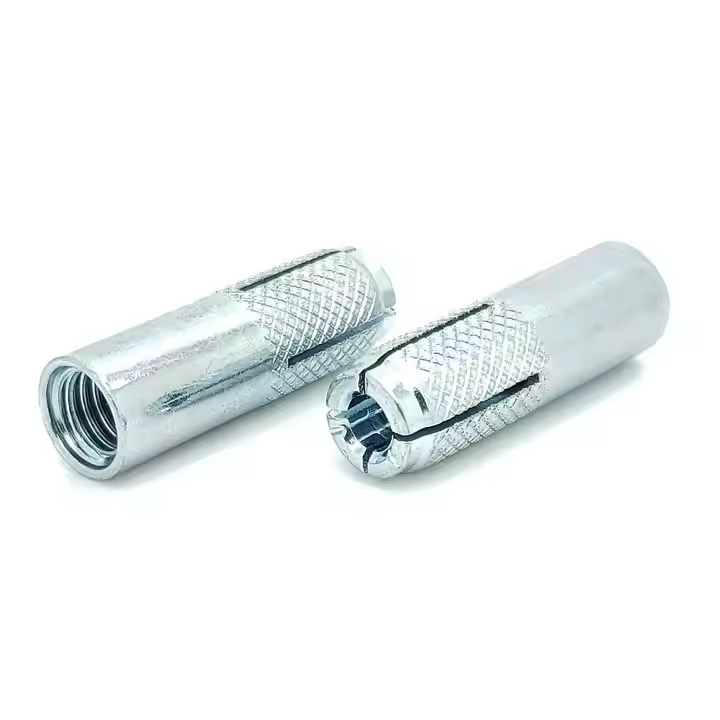


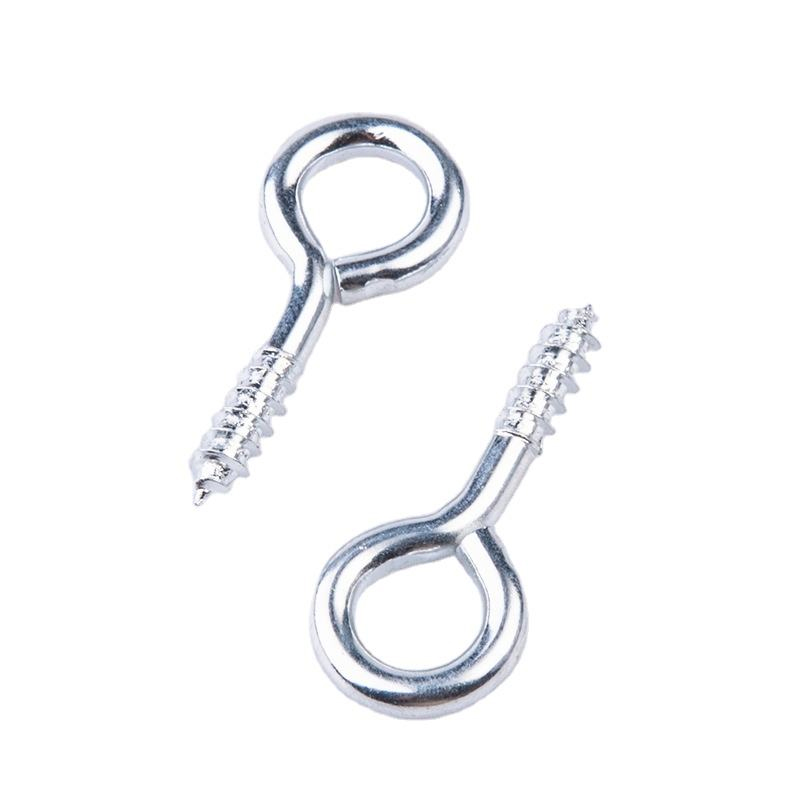
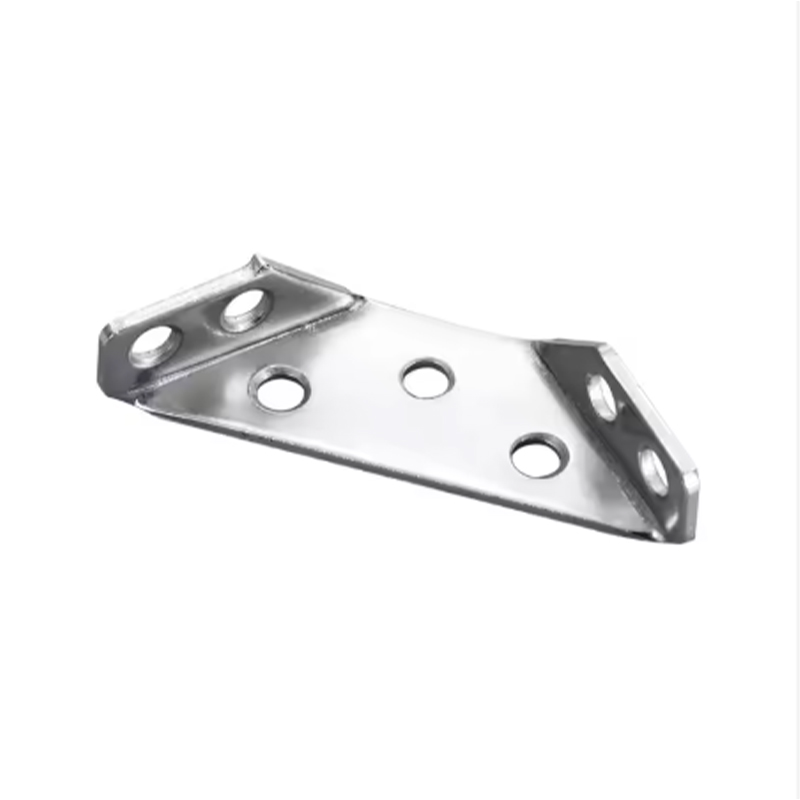

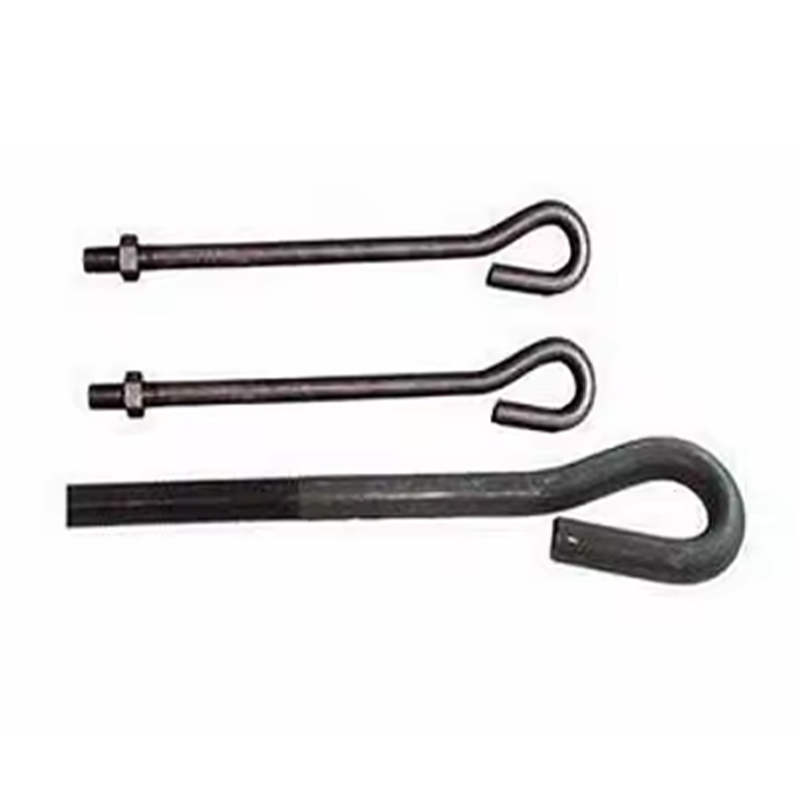
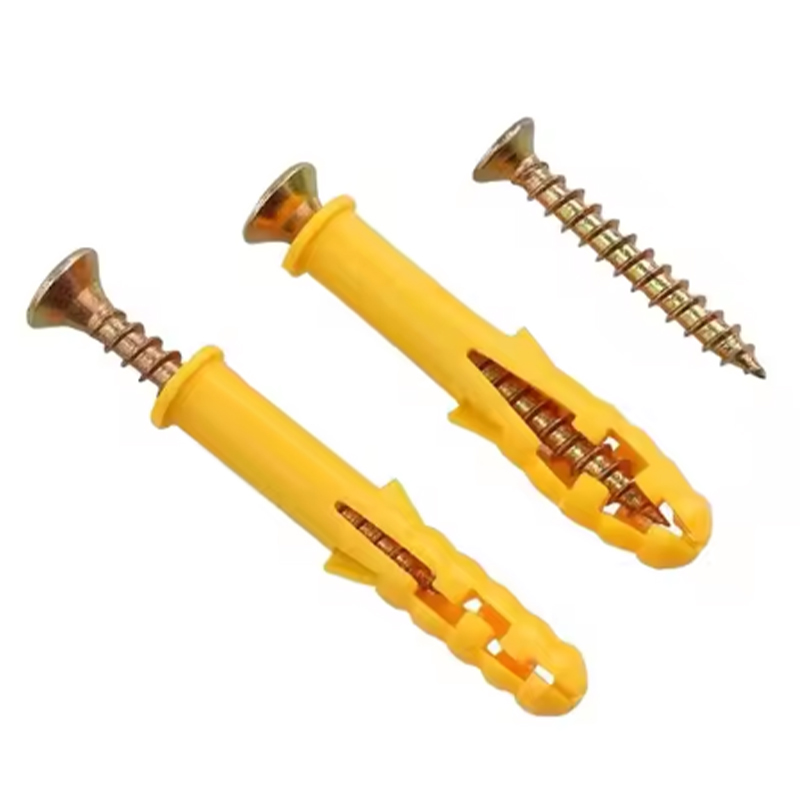

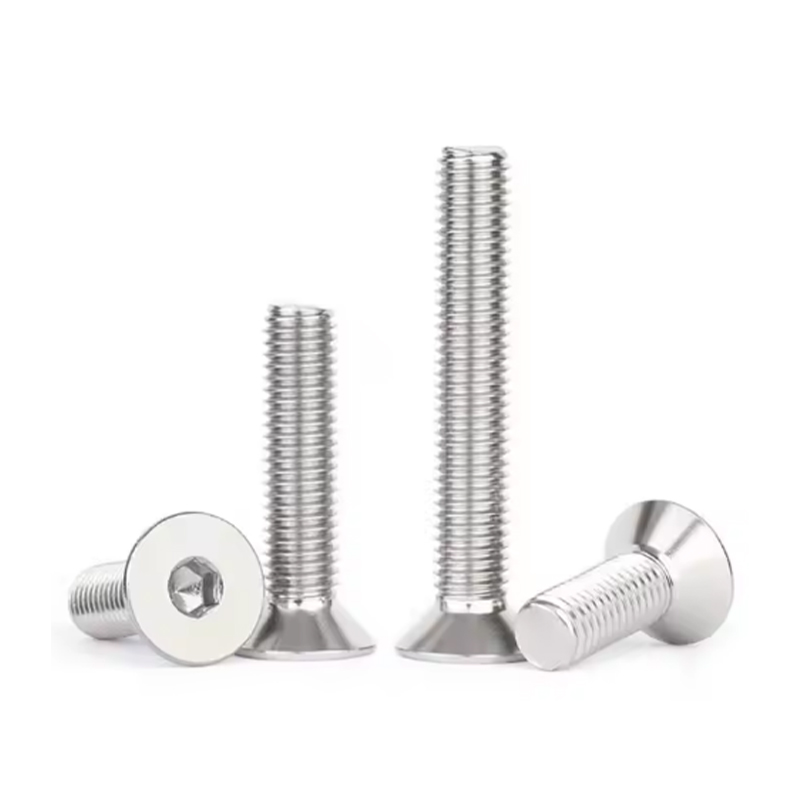

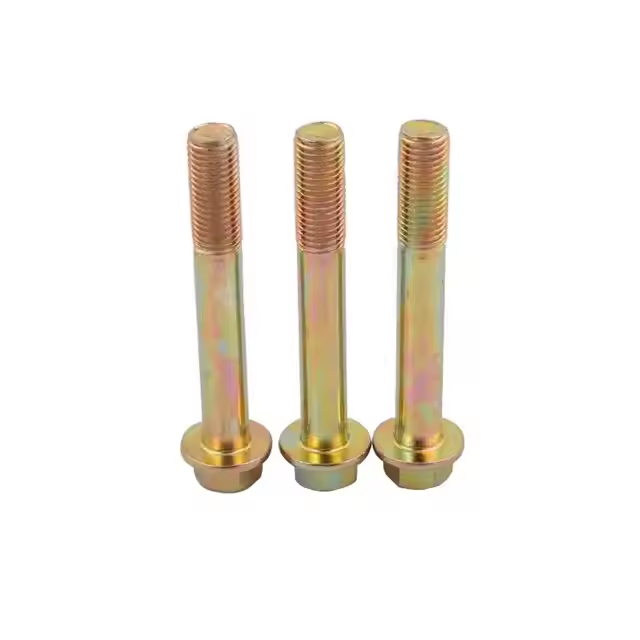
Please enter your email address and we will reply to your email.